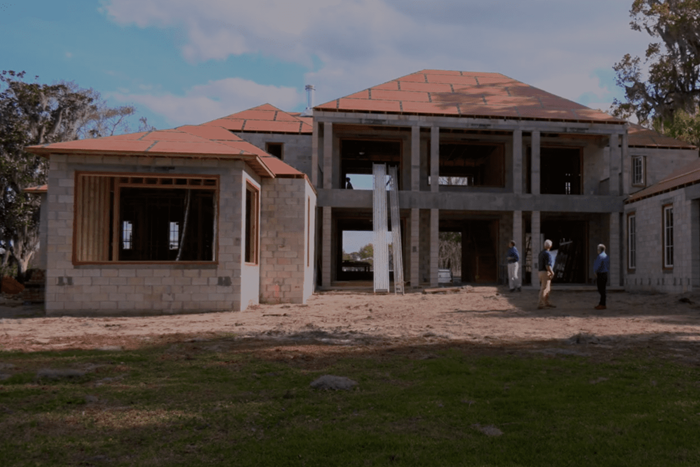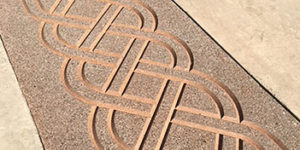When developers and REITs are defining the financial position of their multi-family investment opportunity, construction materials can be an afterthought in the overall planning process. And, when materials are factored into the equation, masonry construction is often overlooked. This due to the perception that concrete costs more and takes longer to build with than other materials. However, a recent Penn State study* that examined seven U.S. markets shows that concrete masonry costs remain stable.
These markets included Orlando and Tampa. The study found that the initial construction costs of masonry construction are less than, or equal to, wood construction for the multi-family structure. In Orlando and Tampa masonry ($207 per square foot) was considerably less than both conventional wood frame ($211 per square foot). It is also considerably less than light gauge steel framing ($211.50 per square foot). According to the National Association of Home Builders (NAHB), lumber prices have skyrocketed more than 180% since last spring.
“All things being equal, a concrete block, multi-family project will more than likely sell for more, per square foot, than a similar wood frame project,” said Matt Sitter, president of the Florida Concrete & Products Association. “Multi-family developers are also discovering they can reap the benefits of concrete block — resistance to storms, termites, fire, mold and mildew — without sacrificing speed.”
Advanced staging techniques trimmed the time it takes to build with concrete block. The same was true for shell contractor processes and local sourcing have significantly
Other factors
Another important factor that multi-family developers — and even apartment hunters — need to consider is noise reduction. Concrete walls can greatly cut down on excessive noise due to its noise abatement qualities. This one of the top three tenant complaints. Blocks reflect noise from the outside, insulate from sound moving through walls, and isolate sound from coming out. This benefit help reduce noise complaints to the building owner or management. It also cannot be matched by other building materials.
For more information, visit BlockStrong.com.
*Study, Initial Cost of Construction, Multi-Residential Structures, August 2020
About Block Strong
Block Strong is an awareness program. Its design is to help consumers, construction professionals, and designers understand the vital link between both quality building materials and the health and safety of those people living in the homes and structures that they design and build. Block Strong also serves as an information source. Its goal is to aid prospective homebuyers as they go through the various steps of the home-buying journey.














